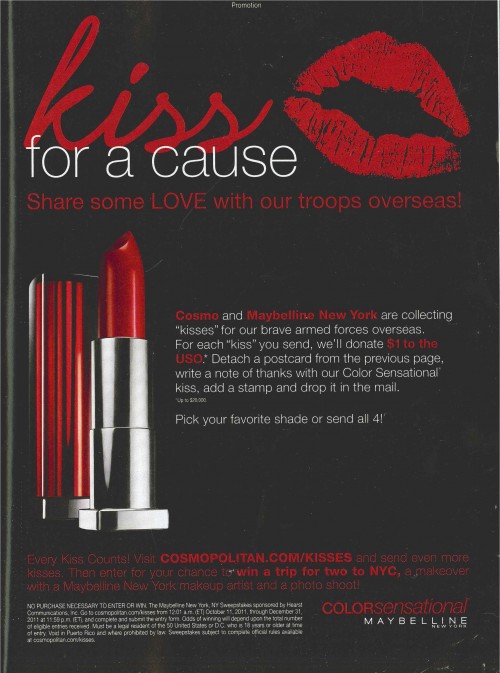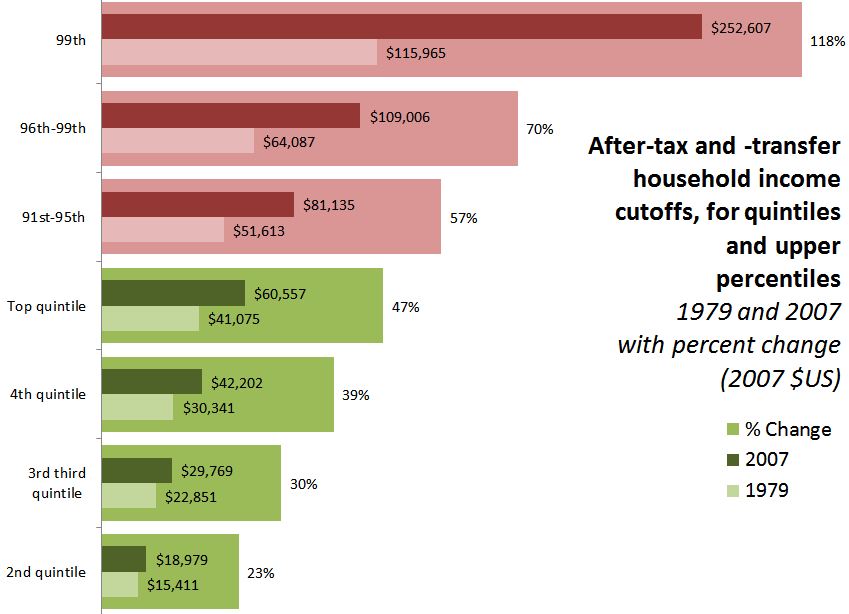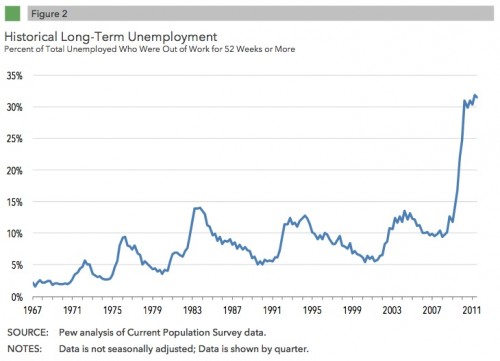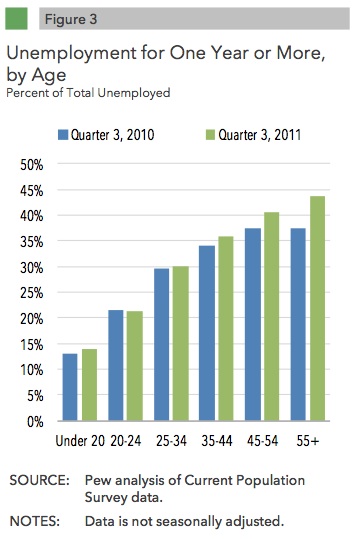 This is a whimsical trailer for an animated movie with a progressive pro-environment message based on Dr. Seuss’ The Lorax. Pretty to watch, fantastical, heart-warming, and progressive… it draws you in and then, just as yoiur defenses had been lowered, BAM! It ends with a sexist joke.
This is a whimsical trailer for an animated movie with a progressive pro-environment message based on Dr. Seuss’ The Lorax. Pretty to watch, fantastical, heart-warming, and progressive… it draws you in and then, just as yoiur defenses had been lowered, BAM! It ends with a sexist joke.
Sigh.
Lisa Wade, PhD is an Associate Professor at Tulane University. She is the author of American Hookup, a book about college sexual culture; a textbook about gender; and a forthcoming introductory text: Terrible Magnificent Sociology. You can follow her on Twitter and Instagram.















